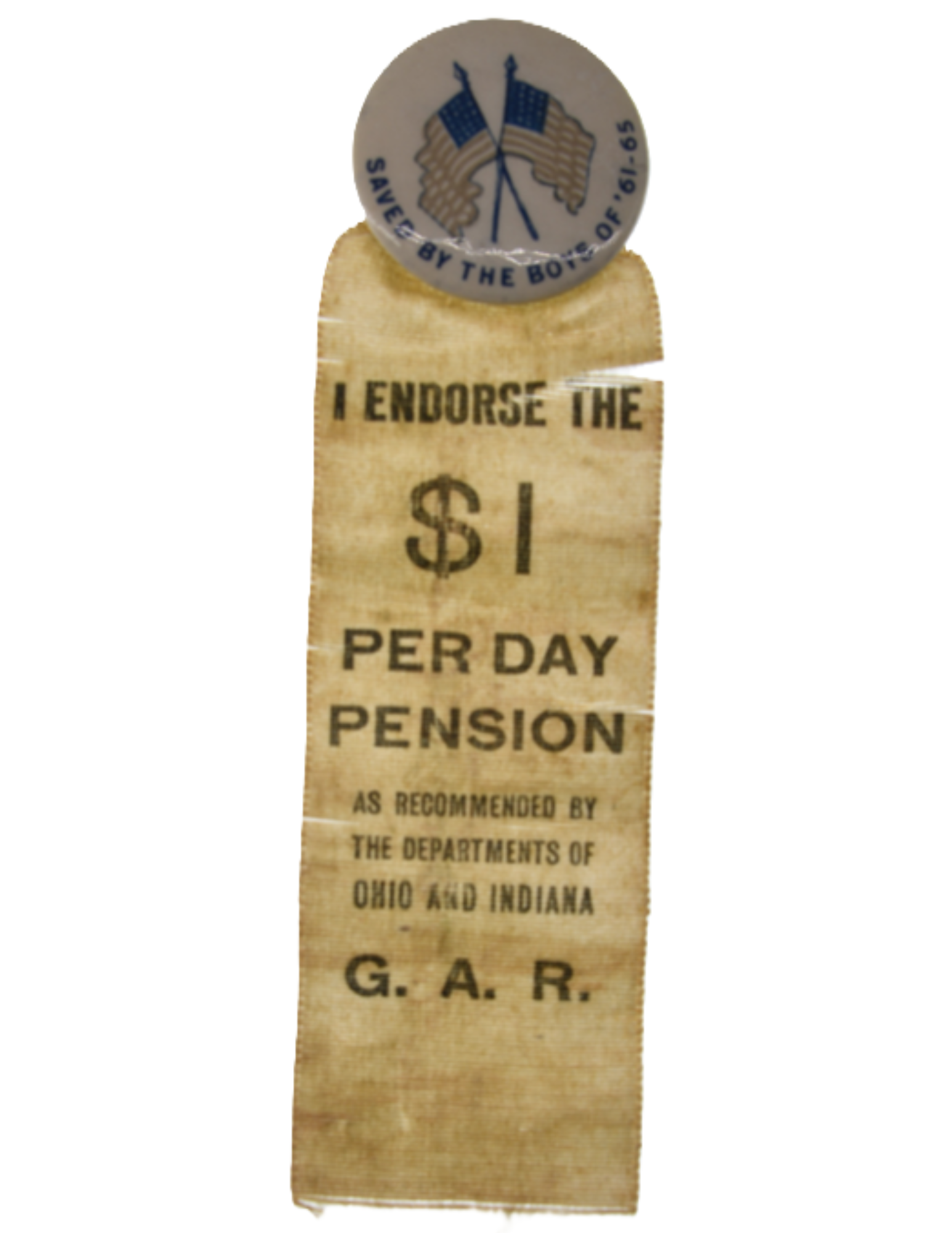
History of VA in 100 Objects
Object 85: Congressman Claypool’s “$1 Per Day Pension” Ribbon
Founded in 1866 as fraternal organization for Union Veterans, the Grand Army of the Republic (GAR) embraced a new mission in the 1880s: political activism. The GAR formed a pension committee in 1881 for the express purpose of lobbying Congress for more generous pension benefits.
An artifact from the political wrangling over pensions is now part of the permanent collection of the National VA History Center in Dayton, Ohio. The item is a small pension ribbon displaying the message: “I endorse the $1 per day pension as recommended by the Departments of Ohio and Indiana G.A.R.” The button attached to the ribbon features two American flags and the phrase “saved by the boys of ’61-65.” The back of the ribbon bears the signature of Horatio C. Claypool, a Democratic judge who ran for the seat in Ohio’s eleventh Congressional district in the 1910 mid-term elections.

History of VA in 100 Objects
Object 77: Wheelchair Basketball at VA
Basketball is one of the most popular sports in the nation. However, for paraplegic Veterans after World War II it was impossible with the current equipment and wheelchairs at the time. While VA offered these Veterans a healthy dose of physical and occupational therapy as well as vocational training, patients craved something more. They wanted to return to the sports, like basketball, that they had grown up playing. Their wheelchairs, which were incredibly bulky and commonly weighed over 100 pounds limited play.
However, the revolutionary wheelchair design created in the late 1930s solved that problem. Their chairs featured lightweight aircraft tubing, rear wheels that were easy to propel, and front casters for pivoting. Weighing in at around 45 pounds, the sleek wheelchairs were ideal for sports, especially basketball with its smooth and flat playing surface. The mobility of paraplegic Veterans drastically increased as they mastered the use of the chair, and they soon began to roll themselves into VA hospital gyms to shoot baskets and play pickup games.
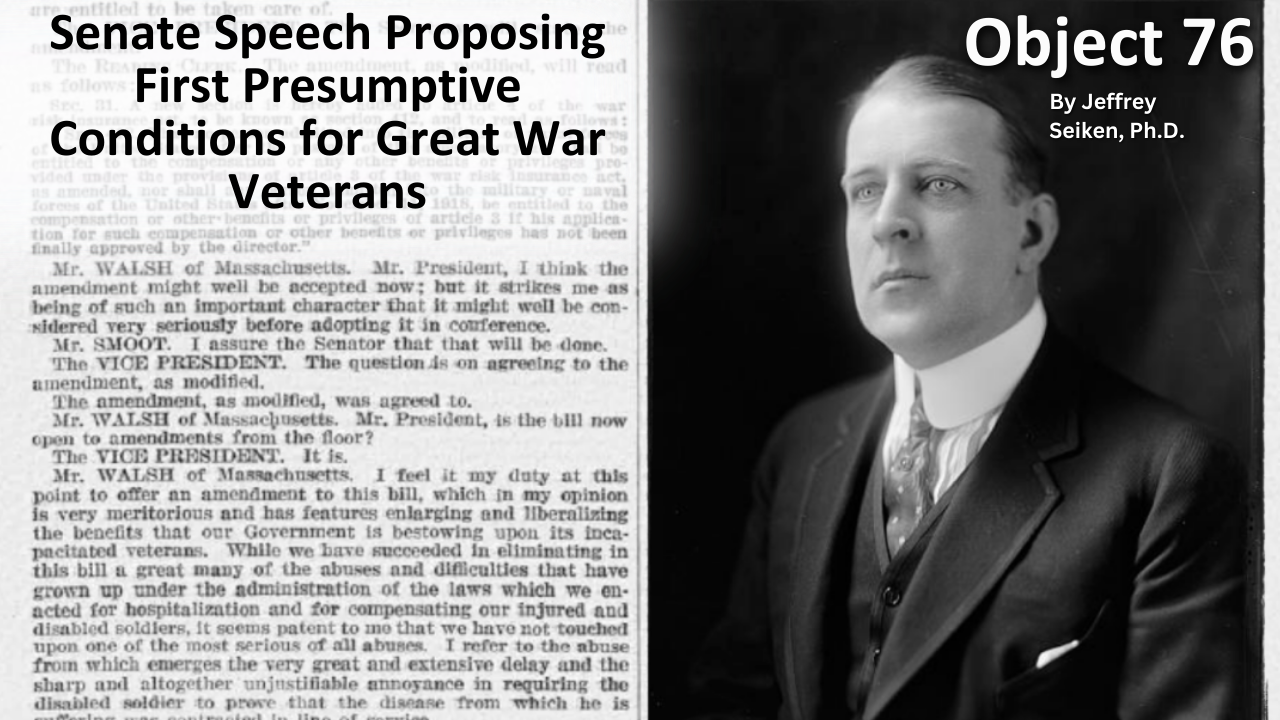
History of VA in 100 Objects
Object 76: Senate Speech Proposing First Presumptive Conditions For Great War Veterans
After World War I, claims for disability from discharged soldiers poured into the offices of the Bureau of War Risk Insurance, the federal agency responsible for evaluating them. By mid-1921, the bureau had awarded some amount of compensation to 337,000 Veterans. But another 258,000 had been denied benefits. Some of the men turned away were suffering from tuberculosis or neuropsychiatric disorders. These Veterans were often rebuffed not because bureau officials doubted the validity or seriousness of their ailments, but for a different reason: they could not prove their conditions were service connected.
Due to the delayed nature of the diseases, which could appear after service was completed, Massachusetts Senator David Walsh and VSOs pursued legislation to assist Veterans with their claims. Eventually this led to the first presumptive conditions for Veteran benefits.
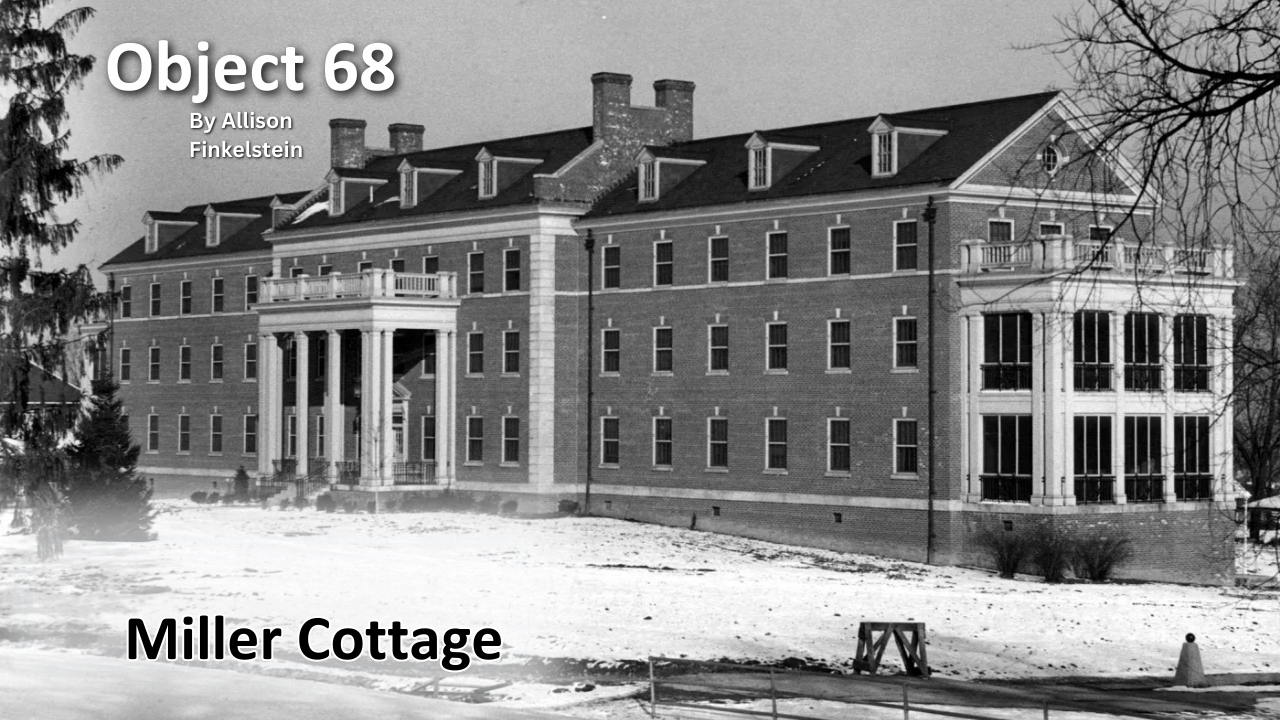
History of VA in 100 Objects
Object 68: Miller Cottage
At the VA Medical Center in Dayton, Ohio, Miller Cottage stands as a mostly forgotten reminder of women’s fight for inclusion in the benefits and health care system for Veterans. This long, multi-story brick building with a white-columned portico originated as a barracks built specifically to house female Veterans on the grounds of what was then called the Central Branch of the National Home for Disabled Volunteer Soldiers (NHDVS). The establishment of the residence represented a rare victory for the female Veterans of the First World War in their quest to obtain government support for all uniformed women who served and sacrificed during that conflict.
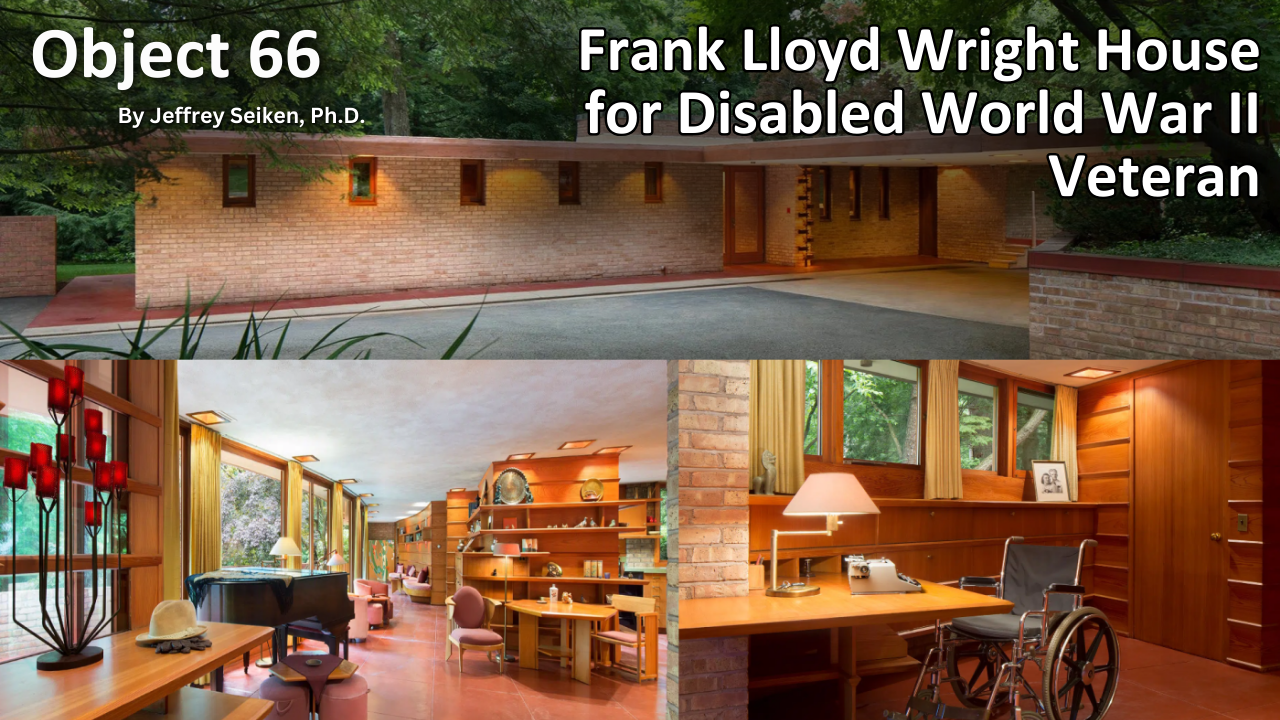
History of VA in 100 Objects
Object 66: Frank Lloyd Wright House for Disabled World War II Veteran
When the GI Bill became law in 1944, it included a home loan program for Veterans. After several changes to update the law to reflect current market prices and challenges, one area still needed addressed: support for Veterans who were dependent on wheelchairs for mobility. The answer was the Specially Adapted Housing program, and one of the earliest homes built with the grant money was designed by acclaimed builder Frank Lloyd Wright.
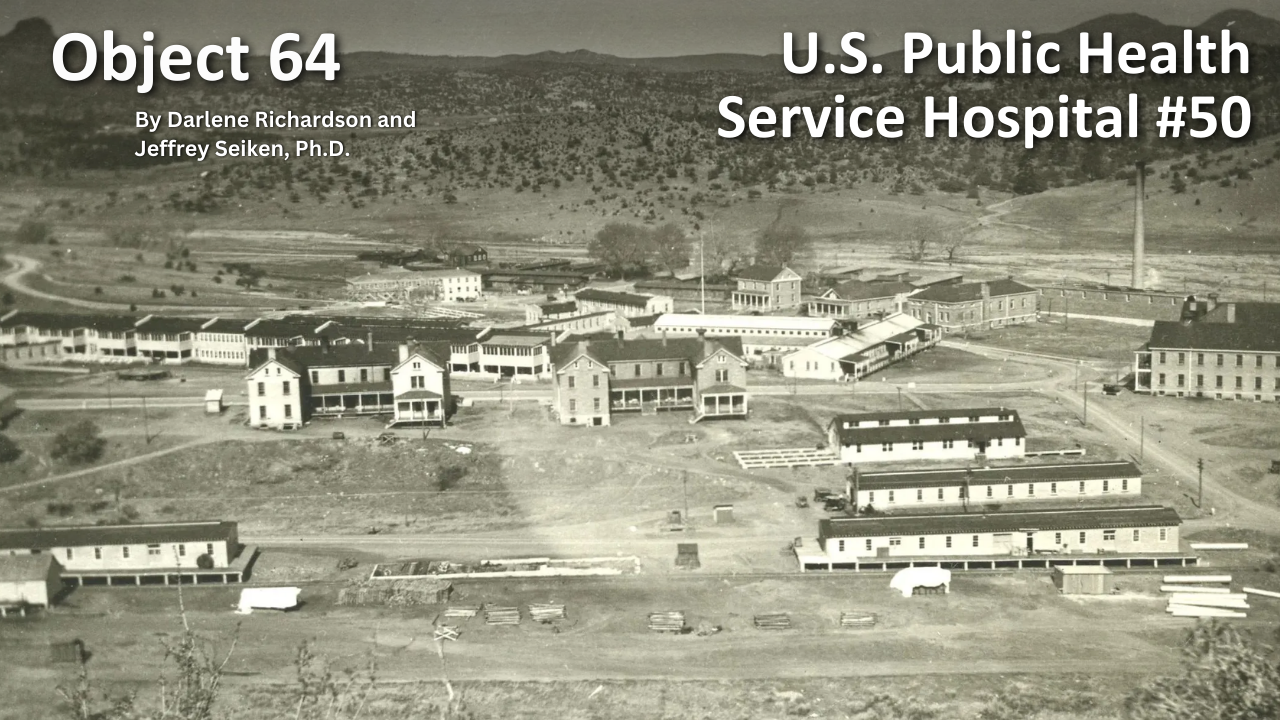
History of VA in 100 Objects
Object 64: U.S. Public Health Service Hospital #50
U.S. participation in the First World War produced a shift away from relying on long-term institutional care for Veterans in need to a model of Veteran welfare centered around short-term hospitalization. During the war, the War Department assumed responsibility for tending to the sick and wounded. Afterwards, when the Army dismantled its hospital system, the U.S. Public Health Service (PHS) stepped in to fill the breach, acquiring numerous facilities the Army and Navy no longer wanted as well as other properties that could be used for medical purposes.

History of VA in 100 Objects
Object 21: Bonus Army
After World War I, Americans discharged from military service faced a difficult homecoming. Many struggled to find work in the tight labor market created by a post-war recession. After a deferred payout, the Bonus Act, was passed, many Veterans marched on the capital to voice displeasure. The Bonus Army soon formed.

Featured Stories
Lincoln And Grant in Lights: The Grand Army of The Republic’s 1887 Memorial Stained-glass Windows
After the Civil War concluded, the Veteran service organization Grand Army of the Republic commissioned multiple stained glass windows that were early powered light displays. Two survive today at VAs in Leavenworth, Kansas and Milwaukee, Wisconsin.
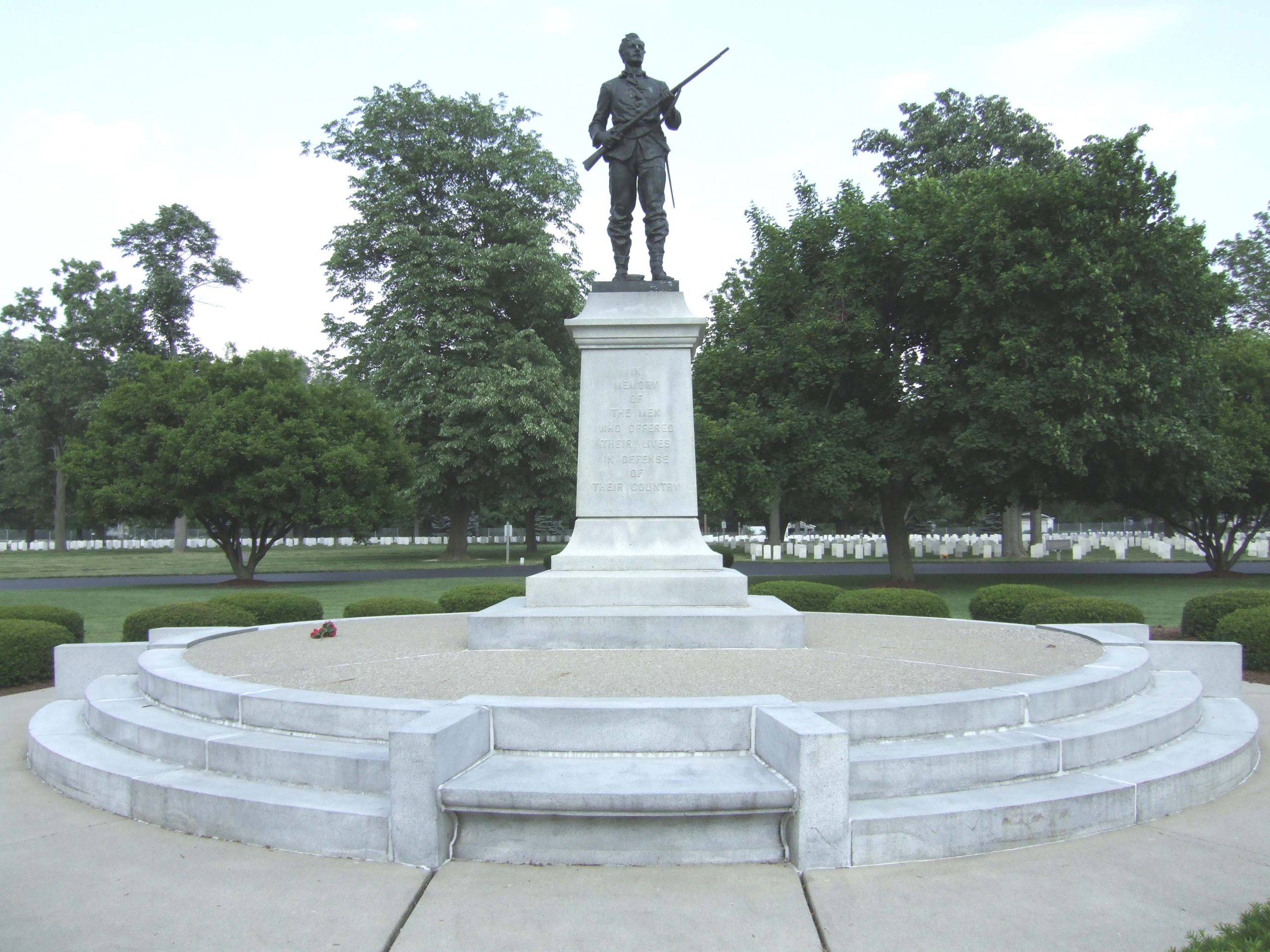
Featured Stories
National Cemetery Administration Monuments Dedicated on Memorial Day
Since Memorial Day was instituted in 1868 (initially as Decoration Day), this event at the end of May became an opportunity to dedicate new monuments in national cemeteries. National Cemetery Administration Senior Historian Sara Amy Leach details some of the approximately 100 monuments dedicated on this holiday.



